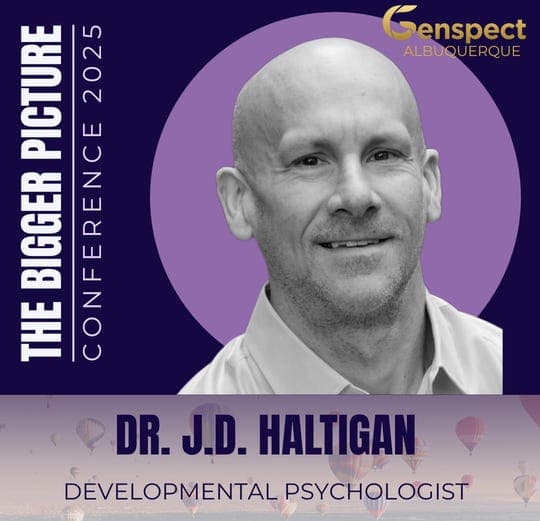Psychologist J.D. Haltigan Questions Influence on Children's Gender Identity and Toy Preferences

Developmental psychologist J.D. Haltigan, PhD, has sparked discussion with a recent social media post asserting that girls exhibiting preferences for "boy toys" are not inherently experiencing gender incongruence but are rather "manipulated by ideologues to think they are." The tweet, shared by Haltigan, a researcher specializing in psychopathology and measurement science, underscores a contentious debate regarding the origins and influences on gender identity development in children.
Dr. Haltigan, known for his outspoken views on social media and his work in developmental psychopathology, suggests that external ideological pressures may be shaping children's understanding of their gender identity based on traditional play patterns. His statement touches upon the complex interplay between biological sex, gender identity, and societal influences, particularly concerning childhood gender expression.
The tweet enters a broader conversation among academics and the public about the concept of "rapid-onset gender dysphoria" (ROGD) and the role of social factors. Research by Lisa Littman, though controversial and subject to methodological critiques, introduced the hypothesis that for some adolescents, particularly natal females, gender dysphoria may emerge suddenly, potentially influenced by social media and peer groups. This perspective often suggests that social dynamics might contribute to a child's or adolescent's identification as transgender.
Conversely, mainstream medical and psychological organizations generally emphasize that gender identity is an internal sense of self, which may or may not align with sex assigned at birth. These bodies often advocate for gender-affirming care, viewing toy preferences as a form of gender expression that does not necessarily dictate one's gender identity. The American Psychological Association, for instance, highlights that gender expression, including toy choices, is distinct from gender identity.
The debate surrounding Haltigan's statement reflects deep divisions on how to interpret gender non-conformity in children and the appropriate responses from parents, educators, and medical professionals. While some argue for careful exploration of underlying factors, others caution against pathologizing gender diversity or attributing identity solely to external manipulation. The ongoing discussion highlights the need for nuanced understanding and further research into the multifaceted development of gender identity.